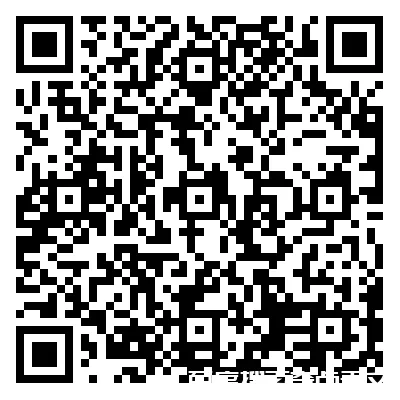

Galaxies: Wild’s Triplet from Hubble
Image Credit: ESA/Hubble, NASA, Dark Energy Survey/DOE/FNAL/DECam/CTIO/NOIRLab/NSF/AURA, J. Dalcanton
Explanation: How many galaxies are interacting here? This grouping of galaxies is called the Wild Triplet, not only for the discoverer, but for the number of bright galaxies that appear. It had been assumed that all three galaxies, collectively cataloged as Arp 248, are interacting, but more recent investigations reveal that only the brightest two galaxies are sparring gravitationally: the big galaxies at the top and bottom. The spiral galaxy in the middle of the featured image by the Hubble Space Telescope is actually far in the distance, as is the galaxy just below it and all of the other numerous galaxies in the field. A striking result of these giants jousting is a tremendous bridge of stars, gas, and dust that stretches between them — a bridge almost 200,000 light-years long. Light we see today from Wild’s Triplet left about 200 million years ago, when dinosaurs roamed the Earth. In perhaps a billion years or so, the two interacting galaxies will merge to form a single large spiral galaxy.
Tomorrow’s picture: nebular mystery
哈勃的怀尔德三重星系
图像提供: ESA/Hubble, NASA, Dark Energy Survey/DOE/FNAL/DECam/CTIO/NOIRLab/NSF/AURA, J. Dalcanton
说明: 到底有多少个星系在此处进行互扰呢?这群名为怀尔德三重星系(Wild Triplet)的天体,除了因发现者而得名之外,亦部分因其内的明亮星系之数量。先前认为这3个星系(合称为Arp 248)都在参与互扰,然而最近的研究指出,只有位于图像顶部及底部的2个最明亮星系,在透过重力在进行对战。而在这幅哈勃太空望远镜主题图像里,居间的螺旋星系实际远在后方,它下方及视野里的其他众多星系也如是。这些庞然天体对战的醒目成果,则是一道连接彼此,由恒星、气体和尘埃聚成,长度接近200,000光年的庞大长桥。我们如今所见的怀尔德三重星系之星光,远在2亿年前、当恐龙还在地球上漫游时即已启程。或许在10亿年之内,这2个互扰星系就会合并成单一的巨型螺旋星系。
明日的图片: nebular mystery




